The Metsovo Way: A Model for Mountain Resilience
How Metsovo thrives against the odds...
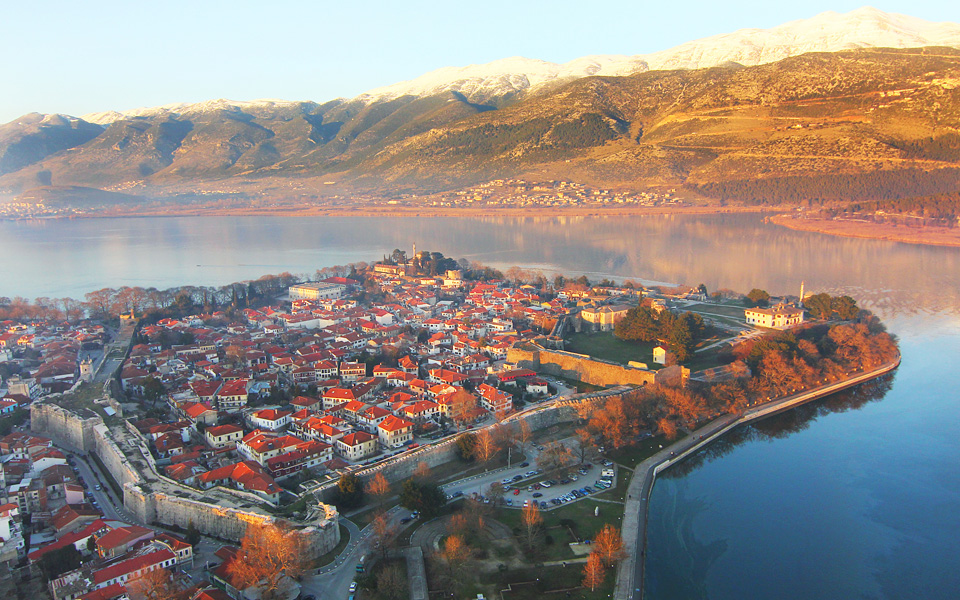
Castle: The fortified old town of the city of Ioannina
© Chrysostomos Fountas
Ioannina has aspects of the West and East entangled together in its long and adventurous history. Located in a beautiful natural setting and with a vibrant cultural life, the capital of the Epirus region is an all-year round destination.
We had lunch at Prasini Akti and as we tucked into mushroom pie and smoked trout washed down with potent local tsipouro (the more adventurous might like to try the local speciality, fried frog’s legs), the restaurant’s owners told us stories about Pamvotida, the lake on which Ioannina sits.
Once it was the livelihood of most of the town’s residents. Today, it is the main landmark in what is a truly unique city, which combines magnificent mountain views with charming old neighborhoods packed with tile-roofed houses, lush greenery and evidence of a time when Christians, Muslims and Jews coexisted in this part of Greece.
“Located in a beautiful natural setting and with a vibrant cultural life, the capital of the Epirus region is an all-year round destination.”
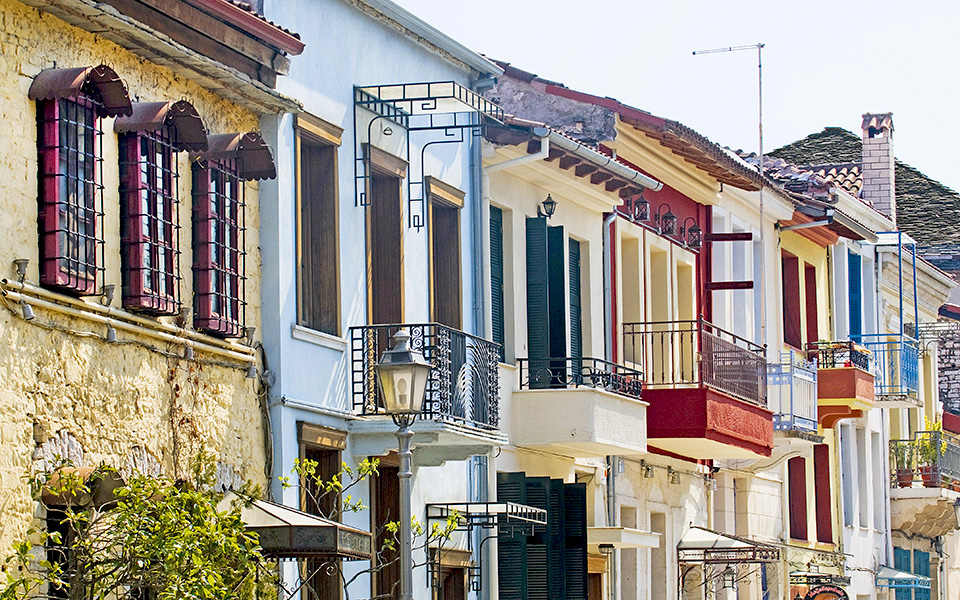
To get to know something of this history, visit the Municipal Museum, which is housed in the former Aslan Pasha Mosque. Of all the exhibits on display at the museum, I was most impressed with the Jewish wedding contracts, known as ketubahs, yet the most rewarding experience comes after making the long climb to the top of the mosque to take in the breathtaking view of the entire city.
You should also visit the castle and its acropolis, located in the old quarter, home to the Fethiye Mosque, built in 1430, and the ornamented tomb of Ali Pasha.
Ioannina is much like an English trifle: The more you dig in, the more you discover in its layers upon layers of history and tradition.
Yet despite its many attractions, Ioannina is not perfect. As in so many other towns and cities in Greece, its transition from a traditional to a modern city has left it with more than a few eyesores like new buildings without character were allowed to flourish and the lake whose state does not do credit to its rich history.
But there is promise in Ioannina yet. One sign of this was at the restaurant of the Grand Serai Hotel, where we had the pleasure of sampling traditional flavors from around the region. As we nibbled our way through a dozen dishes, we chatted to the chef, Alexandros Makis, who told us about the intricacies of a perfect chicken or wild greens pie.
“Ioannina is much like an English trifle: The more you dig in, the more you discover in its layers upon layers of history and tradition.”
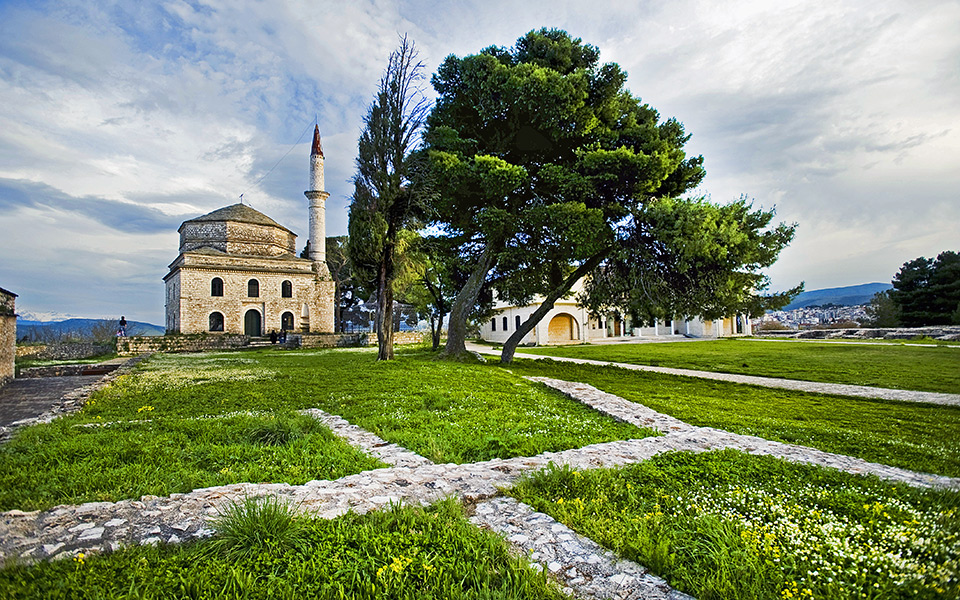
The Fethiye Mosque, built in 1430.
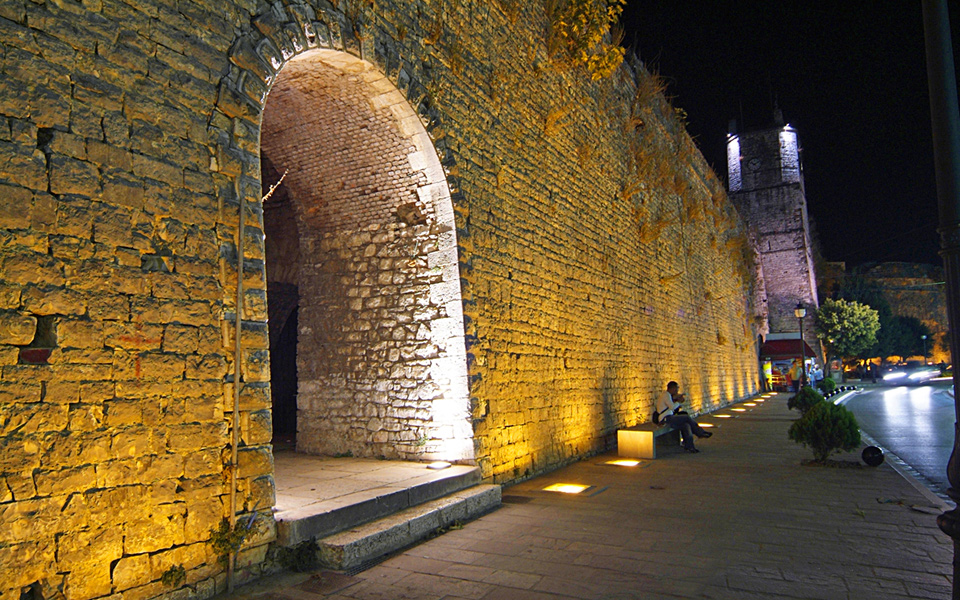
A view of the Ioannina castle.
© Aimilios Neos
We dedicated the morning of the next day to Ioannina’s cultural scene, old and new. A visit to the Municipal Gallery offers a good overview of the trends in modern Greek art as its collection includes landscapes and portraits, works by champions of the abstract, as well as pieces by artists focused on illustrating their “Greekness” or on embracing European trends. Technohoros is another art hub in the city which hosts temporary exhibitions.
The Archaeological Museum also has a good collection of finds, ranging from traces of the first humans in Epirus to the late Roman period, with an emphasis on the excavations at Ancient Dodoni.
The images we saw in our daytime wanderings accompanied us as we left Ioannina, a city that is down to earth yet joyful, with a long history and a love of culture. It does have a few annoying traits, but if it manages to overcome these weaknesses, promote its assets and take better care of its natural environment, then Ioannina could achieve wonderful things and make a significant contribution to the development of Epirus as a whole.
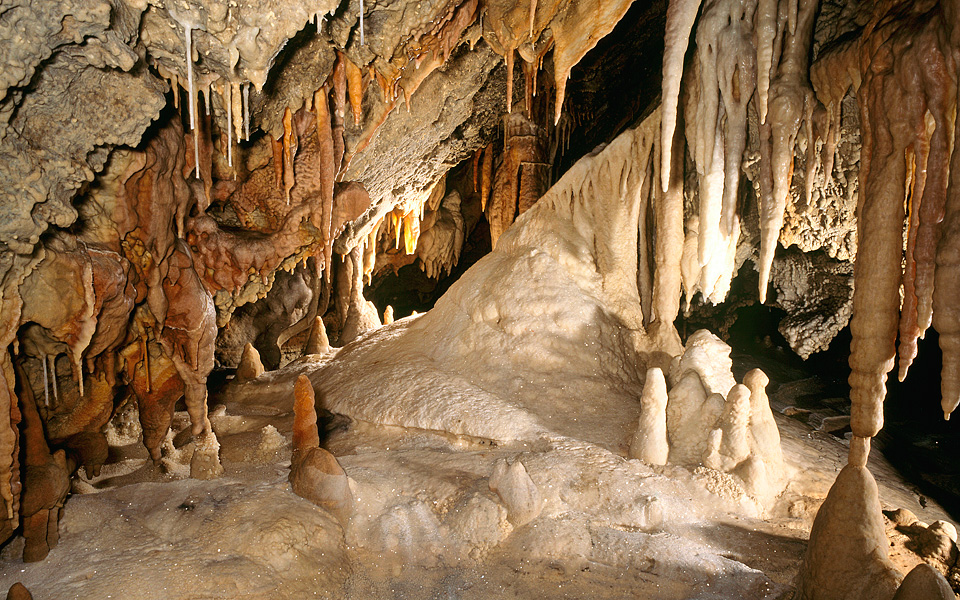
Perama village is located just 4 km outside Ioannina. It is known for its caves, which have 19 distinct chambers.
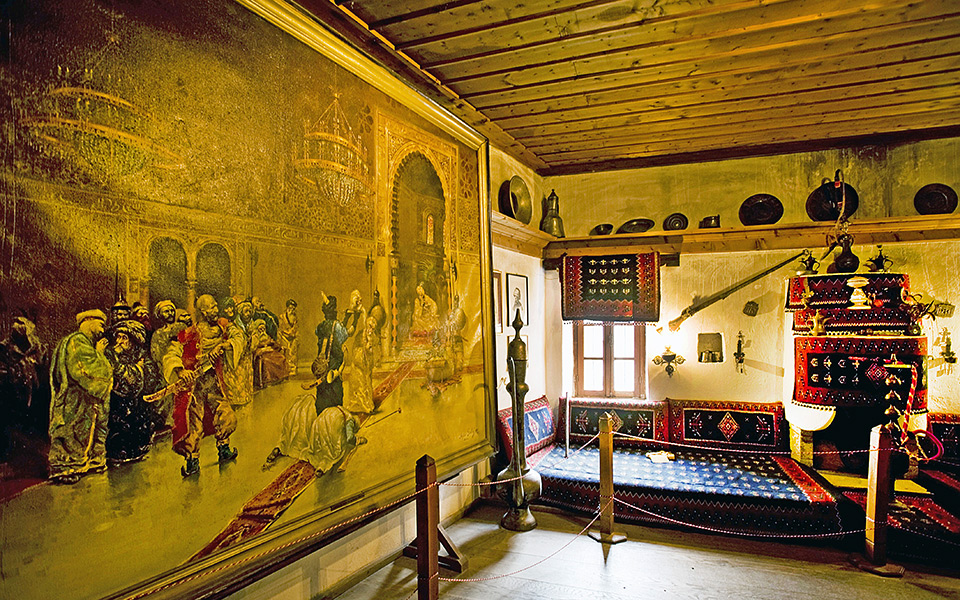
The Ali Pasha museum
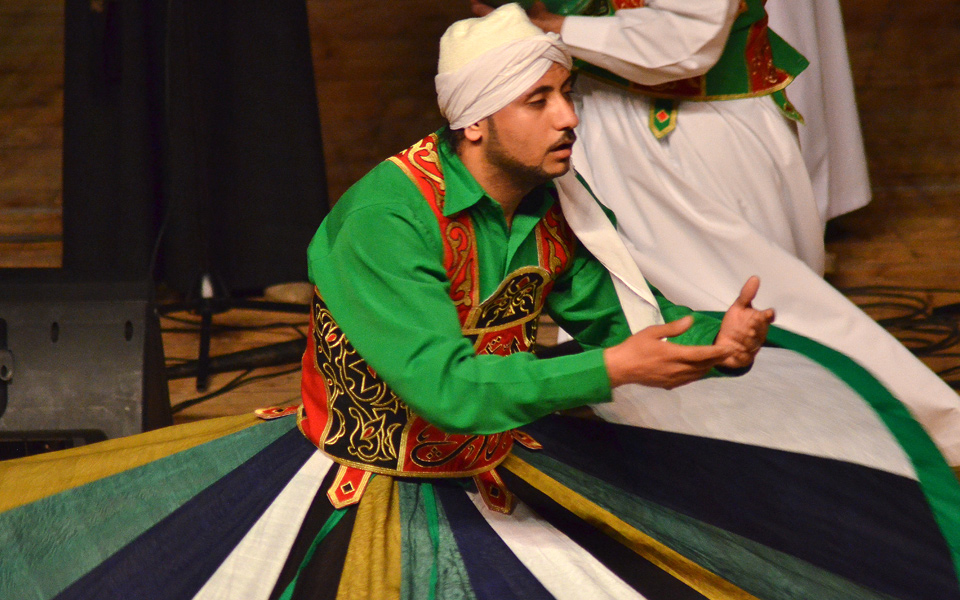
The Pavlos Vrellis Greek History Museum contains wax effigies of Greek historical figures.
If you have more time at your disposal, there is much to see around Ioannina, such as the island on the lake where Ali Pasha died, which is also home to several impressive monasteries, such as Aghios Nikolaos. It is inhabited and has a few shops and restaurants. Take a walk around the island and pay a visit to the information booth that offers an overview of the lake’s history and its modern challenges .
Perama is another location worth visiting. Located just 4 kilometers outside Ioannina, it is best known for its caves, which spread out over 14,800 square meters and have 19 distinct chambers. The temperature inside remains at a steady 17 degrees Celsius, the humidity is 100 percent and the tours taking in its impressive stalagmites and stalactites last 45 minutes . Afterward, take a walk into the village of Perama for lunch at Filemata, which serves authentic local cuisine.
The Pavlos Vrellis Greek History Museum is located in the village of Bizani, off the Ioannina-Athens national highway. It contains wax effigies of Greek historical figures such as Rigas Velestinlis, Antonis Katsantonis, Theodoros Kolokotronis and others.
How Metsovo thrives against the odds...
Unexpected discoveries and timeless classics. Everything...
Whether by foot, car, or the...
Discover five mountain destinations where crisp...